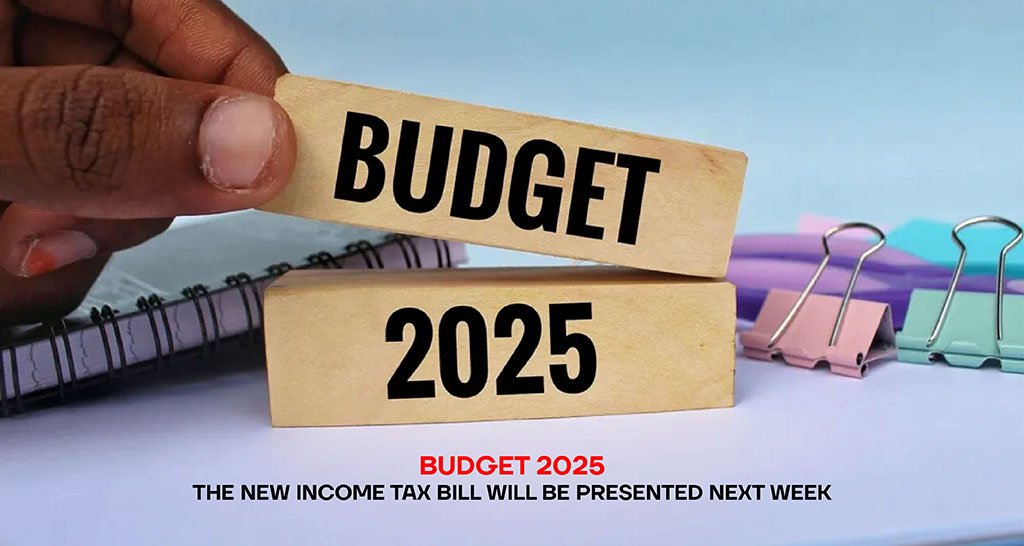A new income tax bill – a direct tax code aimed at simplifying compliance for individual taxpayers and reducing tax litigation, will be introduced next week, Finance Minister Nirmala Sitharaman announced while presenting the Union Budget 2025. She assured that the new law would be “simple to understand” and ease taxpayers’ burden.
In a major relief for millions of Indians, Ms. Sitharaman declared that under the new tax regime, there will be no income tax payable up to ₹12 lakh—or ₹12.75 lakh, including standard deductions.
Key Highlights of the New Direct Tax Code
- Simplification of Tax Laws: The proposed Direct Tax Code (DTC) will streamline the tax regulations by reducing the complexity of the Income Tax Act, 1961, which currently consists of 23 chapters and 298 sections. The new code is expected to reduce it by 60%.
- Elimination of Financial Year (FY) and Assessment Year (AY): The traditional FY/AY system, which is often a source of confusion, may be scrapped.
- Tax on LIC Policy Payouts: Income from LIC policies, previously exempted under, may now be taxed at 5%.
- Expanded Scope for Tax Audits: As per the IT Act 1961, only Chartered Accountants can conduct tax audits. However, under the new code government plans to allow Company Secretaries and Cost Management Accountants to perform audits.
- Standardized Tax Rates:
- Dividend income, currently taxed at slab rates, may be fixed at 15%.
- For high earners, the maximum tax rate may be standardized at 35%, replacing the existing variable surcharge.
- Capital Gains Tax Reforms: Differences in taxation across various asset classes may be removed for uniformity.
- Limited Deductions & Exemptions: Lastly the option to choose between tax regimes may be eliminated, and tax deductions/exemptions may be significantly reduced, aligning with the new regime.












